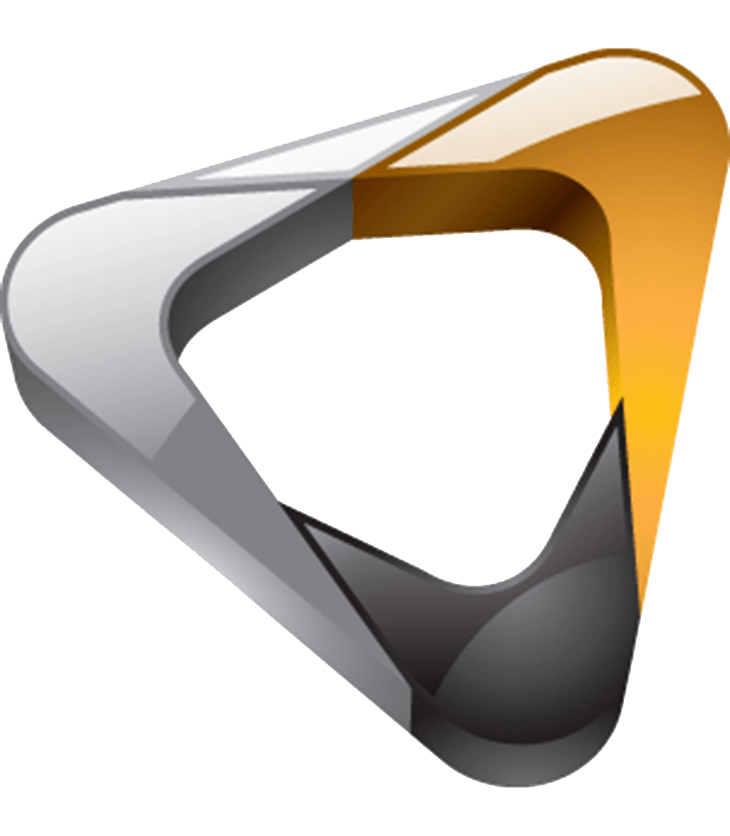Prosthetic-Driven Implant Planning CASE STUDY: Prosthetic-Driven Implant Planning and Its Effect on Implant Placement

by Lawrence Marks, D.M.D
Case Overview
A 52-year-old male presented to the office with multiple broken teeth. He had not been seen by a dentist for 8-9 years. The teeth were extracted, a full-arch scan was performed with the CS 8100 3D, and a digital impression was created with the CS 3600. The data sets from both scans were merged using CS 3D Imaging software to begin restoration planning. The software allowed the placement of a virtual crown in the digital model over the implant area. The software then provided a recommendation on the placement of the implant relative to the location of the virtual crown. This ensures that the implant is perfectly aligned and is compatible with the ideal position of the final restoration.
This approach to implant planning enables clinicians to envision the final result virtually, and, in this example, resulted in a shift in the angulation of the implant. When the implant software revealed the ideal location of the virtual crown, as well as sufficient bone in the surgical area, the team altered the direction of the implant into a position that was more favorable to the final restoration.
The prosthetic-driven implant approach also reduced the number of appointments—and associated costs—that would have been required in the traditional implant workflow. Thanks to digital imaging, implant planning can be done in front of a computer without adding chair time and the involvement of the lab. For patients on a strict schedule, this reduction in treatment time is invaluable.
In the past, implants were placed wherever there was enough available bone, and custom abutments would compensate for misguided angles. The crown was then typically cemented on top. The problem with this approach is that cemented crowns are not retrievable if, for example, the abutment screw loosens. The clinician has to either destroy the crown or drill through it to access the screw hole.
Using prosthetic-driven implant planning, clinicians can place more screw-retained crowns. The implant planning software enables them to determine if angulation of the implant and abutment is necessary and what it should be. The software also identifies where to retrieve the screw. This approach results in a more esthetic and functional crown—that is also retrievable.
Patient Communication and Case Acceptance
Prosthetic-driven planning lends itself to improved patient education. When this patient saw all of his images and the step-by-step approach, the whole process became more tangible to him. He felt comfortable and confident enough to accept the treatment plan and begin the process.
“Prosthetic-driven implant planning helps us achieve predictability in implant placement,” said Dr. Marks.” “With images from the CS 8100 3D and the CS 3600, we know the exact size of the implant and the angulation well before we begin the surgery. We can envision potential complications and prepare accordingly. We say, ‘If A, B or C happens, we’ve got X, Y or Z to address it'.”






